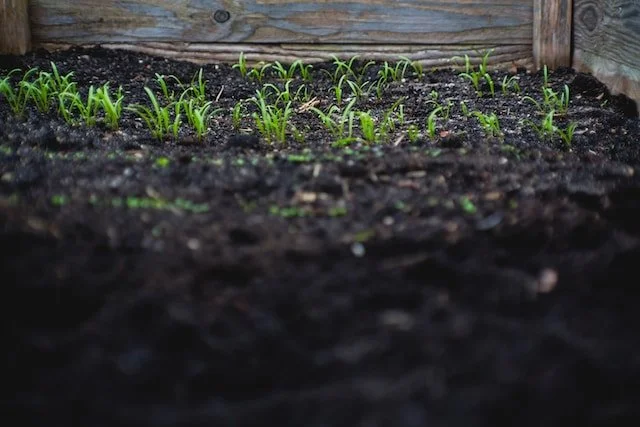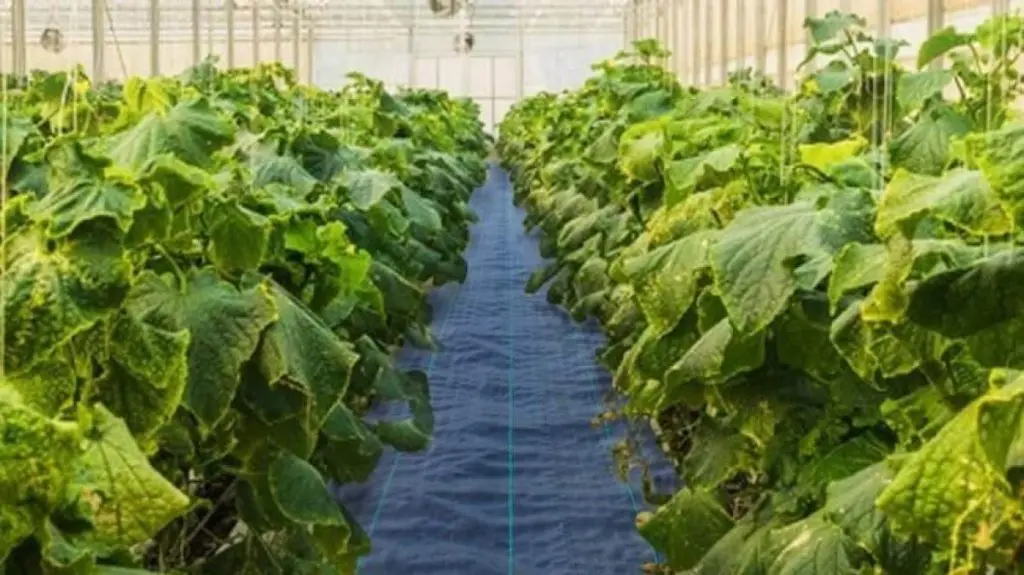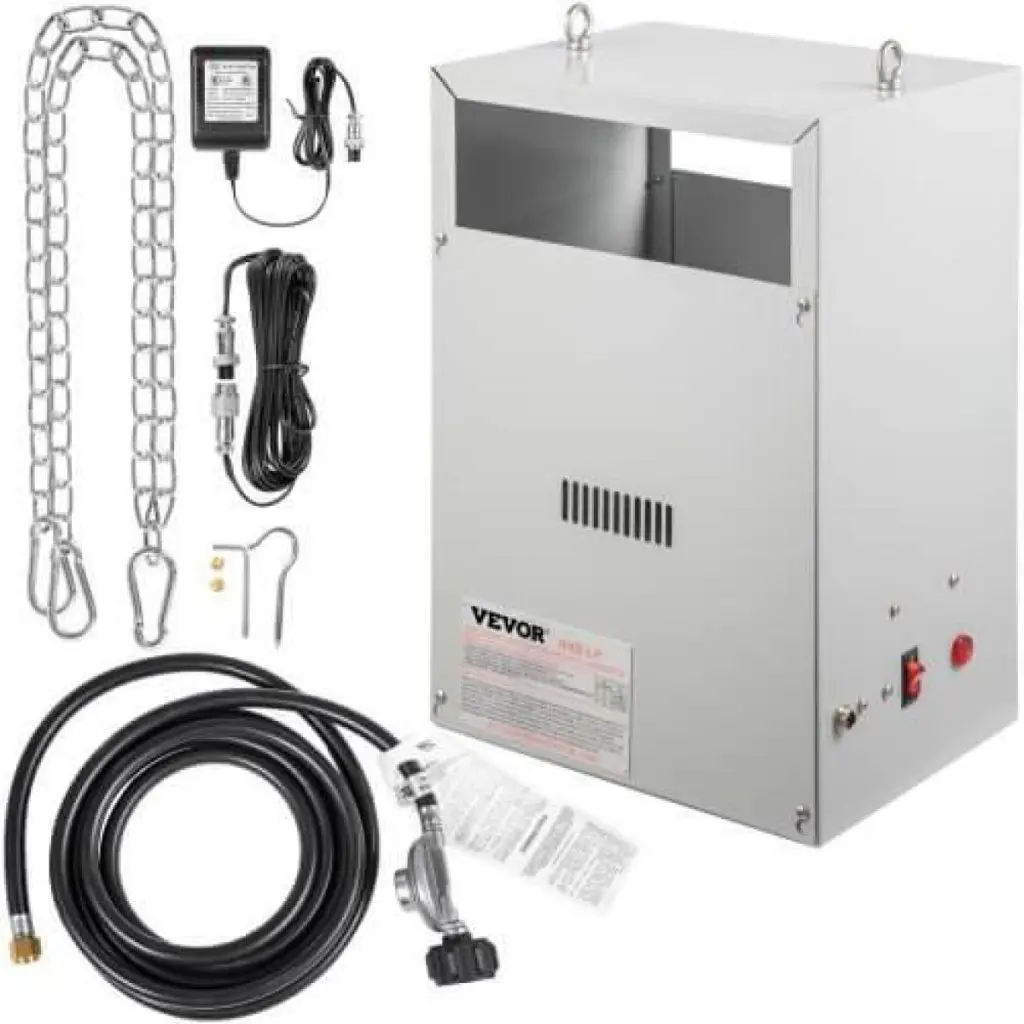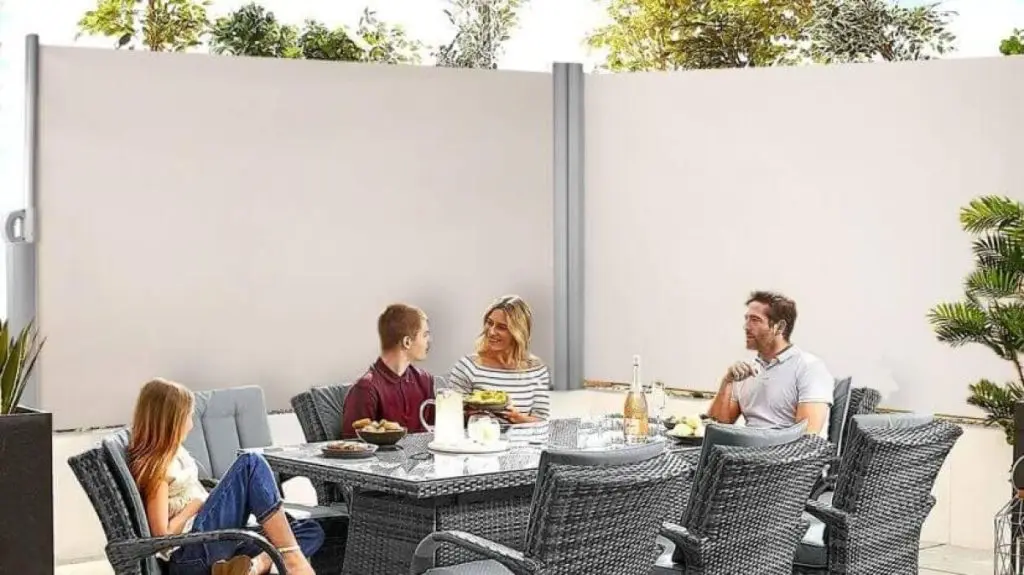Most gardeners consider using raised garden beds, as they contribute to maintaining healthier soil aside from adding a touch of charm to your garden. You must be wondering how to fill a raised garden bed properly, and that is why this piece is for you.
Want your raised bed garden to be a flourishing success? Well, the secret sauce is all in the prep work! So, if you’re wondering, “How do I fill up a raised garden bed?” – fret not! The essential steps in preparing a raised garden bed are of utmost importance for all gardeners looking to maximize their yield and create a thriving garden. In this article, we’ll discuss the benefits of raised bed gardening and share some insights on how to fill up your garden bed like a pro.
Ready to be the raised garden bed guru? Let’s dive in! First, let’s look at the importance of knowing how to properly fill your raised garden.
Importance of Learning How to Fill Your Raised Garden Properly
Ensuring your plants thrive boils down to nailing the soil mix in your raised bed. It’s not as simple as tossing in some soil; you’ve got to blend it with other stuff to whip up the perfect setting for robust root development.
How good a proper raised bed filling will be lies in the control it gives you over the quality and structure of the soil. You need to minimize the chances of diseases and pests wreaking havoc on your garden, especially when you think of a flower bed filler, hence the need for you to choose the best.
You know, raised beds are super handy. It’s like an upgrade from the usual gardening routine, bringing a whole new level of convenience. So, when you take the time to nail down the perfect filling for your raised bed, you’re basically setting the stage for optimal plant growth. It’s a foolproof way to guarantee a gardening adventure that’s not only successful but also incredibly satisfying.
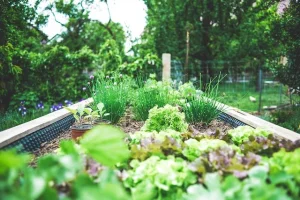
In the end, you’ll get a fantastic harvest because your plants are thriving in the perfect conditions, like the nutrient-packed soil. Now, let’s figure out how to fill a raised garden bed, starting with the preparation stage.
The Preparation Stage For Filling A Raised Garden Bed
Choosing an ideal location when filling a raised garden bed, is really important, as the location of the bed can determine how well your plants will grow.
Things to consider when selecting an ideal location:
When deciding on the perfect spot for your raised garden bed, it’s important to keep a few key factors in mind.
- Choose a place with enough sunlight:
Choose a location that gets plenty of sunlight, so that your plants are much more healthy when they get a good dose of sunshine.
- Good drainage system:
To avoid waterlogged soil or root issues and plant rot, make sure the chosen area has proper drainage.
- Water source
Consider how close your garden bed is to a water source for easy watering and overall maintenance. If it’s close, you can save time and effort when it comes to watering.
- Easy access
Lastly, select a location that is accessible for regular care and harvesting, as it will make tending to the garden bed more convenient.
Why is sunlight and proper drainage essential for plant growth?
Without enough of that sunshine, your plants might end up a bit wimpy or die because they need sunlight to produce food and support growth. Oh, and good drainage is key too. You don’t want your plants drowning in water or causing that dreaded root rot.
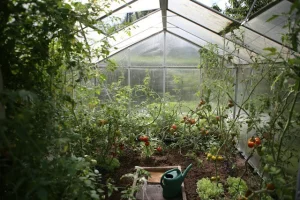
Raised garden beds are pretty nifty and let water drain way better than regular garden beds. Let’s take a good look at how to fill a raised garden bed with mixing and layering.
How to Fill A Raised Garden Bed With Mixing and Layering
So when it comes to making your raised garden bed more productive, playing around with mixing and layering techniques can be really helpful. It’s like giving your plants the best treatment for growth. Toss in a mix of soils, compost, and organic matter, and you’re setting up a nutrient-rich paradise for your plants.
What to put on the bottom of a raised garden bed
If you’ve got awesome soil that drains well, leaving the bottom open is a solid choice, letting your plants dive their roots straight into the ground below. Or you can use some of VEVOR’s landscape fabric or a mesh which will add a protective layer, keeping pesky weeds and critters out while making sure water can still do its thing. Let’s take a look at some selections for the bottom of your raised garden beds;
- Newspaper or cardboard
- Landscape fabric
- Stainless steel gopher or mesh
- Burlap sack
- Wide-mesh hardware cloth
Some gardeners also fill the bottom of the bed with a layer of gravel or stones to aid in drainage.
Compost and Topsoil: The bulk of the raised bed
Try the mix-and-match game with compost and topsoil. toss some nutrient-packed compost right in the middle of your garden bed. Now, lay some topsoil on top. Repeat this compost-topsoil tango until your garden bed hits that perfect height. Oh, and don’t forget to give it a good mix, so the nutrients get mixed evenly in the soil.
How to Layer a Raised Garden Bed
- Bottom Layer – Drainage material for loose foundation
If you are wondering what to put in the bottom of raised garden beds, consider a proper drainage material for a loose foundation. VEVOR has a lot of products for this, you can choose from to set up the perfect bottom layer for your garden bed.
- Organic material for the 2nd layer
Throw in some natural goodness for your plants by adding a layer of organic material. Not only do they give your plants the nutrients they crave, but they also lock in moisture, giving those roots a happy place to grow.
- Compost and manure for the 3rd layer
Compost or manure in the mix is packed with organic goodness and microorganisms. They bring a lot of nutrients to your soil and this will make sure plants will have a boost in nutrients, improved soil structure, and good moisture retention.
- Organic soil for the top layer
By adding organic soil as the top layer of your plant bed, you provide a fertile and nourishing environment for your plants to thrive. All these are essential in knowing how to fill a raised garden bed.
Tools And Materials Required For Raised Garden Filling
You’ve got to fill your raised garden bed up with the right stuff to make sure it becomes the super garden that it’s meant to be.
Check out these must-haves for a raised garden filling:
- Garden fork or spade – To mix up and loosen the soil in your raised garden bed.
- Wheelbarrow – For easy material hauling to your garden.
- Garden rake – To smooth out the soil and get rid of any debris or rocks.
- Watering can – For watering your plants once your raised bed is filled.
- Organic soil – You need organic soil with loads of nutrients, good drainage, and a clean bill of no pesticides.
- Compost – You need compost to enhance the soil structure, hold onto moisture, and invite those beneficial microorganisms into the soil.
- Mulch – Mulch helps keep moisture in check, fights weeds, and plays a temperature regulator for your soil. Plus, as it breaks down, it adds a dose of organic goodness to your garden bed.
In a good raised garden bed, you should have the good stuff. Organic soil, mulch, and compost are the essentials. Organic soil creates the perfect base for your plants to thrive. Mulch helps to keep things in check by holding onto moisture and keeping the soil temperature just right.
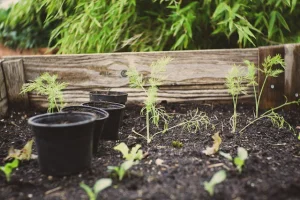
This combination with compost in your raised garden bed will guarantee the well-being and flourishing of your plants. In my view, it would be a good idea to know how to fill a large planter box if you are thinking of doing this on a large scale.
FAQs
1. How to water the raised bed after layering?
Guide the water flow towards the soil, and make sure to keep the watering can or hose down low. Morning is the perfect time to give your plants water, giving them plenty of time to dry out
2. What is the best filling for a raised bed?
For the best results, try mixing up some top-notch soil, compost, and organic goodies! This combo will give your soil a nutrient boost and jazz up its structure and drainage.
3. Can I fill a raised bed with just garden soil?
Yard or garden soil is too heavy for pots or raised beds. Opt for potting mix in your containers because it’s nice and airy. If you’re dealing with raised beds, go for a mix of potting mix and garden soil for the best results.
4. Are there any tips for raised garden bed planting
Pick a sunny spot that’s easy to reach for your raised bed. Use quality soil or a mix of compost, peat moss, and vermiculite for good drainage and nutrients. Plan the layout based on the height and spacing needs of your plants, and don’t forget regular watering, fertilizing, and weed control to keep your raised garden bed thriving.
Conclusion
Understanding how to fill a raised garden bed properly is key to maximizing potential. By mastering this skill, you ensure the ideal mix of soil, drainage, and nutrients tailored to the needs of your plants.
When you get the mix just right, throw in some awesome soil, mix in compost, and sprinkle a bit of organic goodness, Your raised garden bed becomes this magical spot where roots thrive, and plants just can’t stop producing. And guess what? No waterlogging or pesky soil compaction here.
You can try your hands on any of the range of garden beds from VEVOR as they are designed to give you the optimum gardening experience, for ease and convenience. Your plants get the perfect combo of oxygen and moisture, just the way they like it. Plus, the joy of having a thriving raised bed garden is seriously unbeatable.

